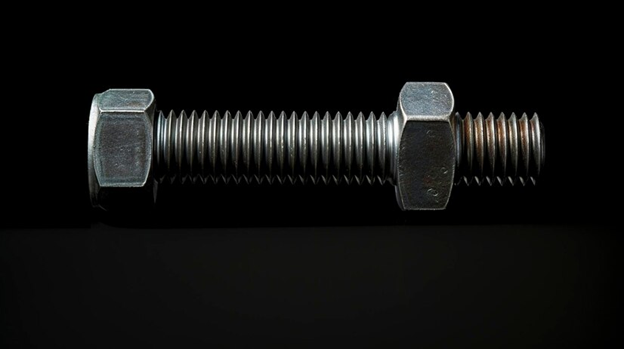Modern engineering practices are undergoing a transformation. Technology is at the heart of this change. With advancements in tools and techniques, engineering is becoming more efficient and precise. Two key innovations leading this charge are laser cutting and shoulder bolts.
The Precision of Laser Cutting
Laser cutting has revolutionized manufacturing. This technology uses a high-powered laser to cut materials with extreme precision. The benefits are clear. Laser cutting allows for complex designs and intricate details. It reduces waste and speeds up production. Engineers can now create parts that were once impossible with traditional methods.
Advantages of Laser Cutting
The advantages of laser cutting extend beyond precision. It’s versatile. It works on a variety of materials like metals, plastics, and wood. This versatility makes it a go-to technology in many industries. Additionally, laser cutting is cost-effective. It reduces the need for multiple tools and cuts down on material waste. This results in significant cost savings.
Shoulder Bolts: A Key Component
Shoulder bolts, also known as shoulder screws, play a crucial role in modern engineering. They have a unique design with three parts: the head, the shoulder, and the threaded shaft. This design allows them to function as both a fastener and a shaft. They are essential in applications requiring precise alignment and smooth movement.
Applications of Shoulder Bolts
Shoulder bolts are used in various industries. In manufacturing, they are vital for machinery and assembly lines. They ensure parts move smoothly and align correctly. In robotics, Shoulder Bolts allow for precise movements and adjustments. Their versatility and reliability make them a preferred choice in many engineering projects.
Combining Technologies for Optimal Results
Combining laser cutting with shoulder bolts can lead to optimal engineering results. Laser cutting ensures parts are made with high precision. When these parts are assembled using shoulder bolts, the result is a finely tuned machine. This combination enhances performance, reduces errors, and increases the lifespan of the equipment.
Impact on Product Development
Technology in engineering significantly impacts product development. It speeds up the design process. Engineers can create prototypes quickly using laser cutting. Shoulder bolts ensure these prototypes function correctly. This rapid development cycle allows companies to bring products to market faster.
Enhancing Customization
Customization is another area where technology shines. Laser cutting allows for easy customization of parts. Engineers can design and produce unique components without additional costs. Shoulder bolts add to this flexibility by accommodating various adjustments. This capability is particularly valuable in industries like aerospace and automotive, where tailored solutions are often required.
Improving Efficiency and Safety
Modern technology improves efficiency and safety in engineering practices. Laser cutting reduces manual labor and potential errors. It ensures each part is cut to exact specifications. Shoulder bolts contribute to safety by providing secure and reliable connections. This combination minimizes the risk of equipment failure and accidents.
The Future of Engineering
The future of engineering is bright, thanks to ongoing technological advancements. As laser cutting and shoulder bolts continue to evolve, they will open up new possibilities. Engineers will be able to tackle more complex projects with greater ease. The integration of these technologies will lead to more innovative solutions and improved products.
Conclusion
Technology is transforming modern engineering practices. Laser cutting and shoulder bolts are at the forefront of this change. They offer precision, efficiency, and versatility. By leveraging these technologies, engineers can create better products faster and more cost-effectively. The future of engineering is undoubtedly intertwined with technological innovation. As these tools continue to advance, the possibilities for engineering excellence are limitless.




